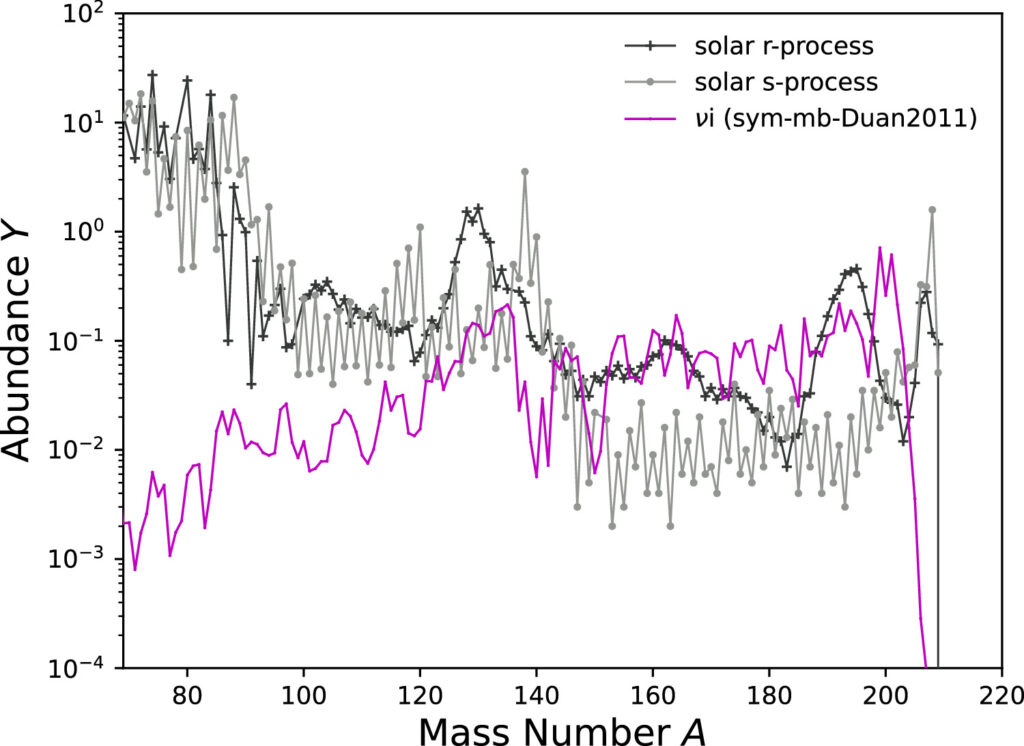This post is modified from one originally published by DARPA
Amid efforts to explore quantum computers’ transformative potential, one foundational element remains missing from the discussion about quantum: What are the benchmarks that predict whether tomorrow’s quantum computers will be truly revolutionary? In 2021, DARPA’s Quantum Benchmarking program kicked off with the goal of reinventing the metrics critical to measuring quantum computing progress and applying scientific rigor to often unsubstantiated claims about quantum computing’s future promise.
Six months into the second phase of the program, five teams have highlighted research findings focused on specific applications where quantum computing might make outsized impact over digital supercomputers. Equally important, researchers estimated what size quantum computer is needed to achieve the desired performance and how valuable the computation would be. Pre-prints of these results are available on arxiv.org.
Three teams — University of Southern California, HRL Laboratories, and L3Harris — focused on benchmarks and applications while two other teams — Rigetti Computing and Zapata Computing — estimated required quantum computing resources. MIT Lincoln Laboratory, NASA, and Los Alamos National Laboratory provided subject matter expertise, software integration, and test and evaluation capabilities.
The HRL team includes UW–Madison physics professor Matt Otten.
To view the pre-print titles, abstracts, and links to the full text, as well as open-source software code developed by the teams, visit: Publications highlighting potential impact of quantum computing in specific applications.

